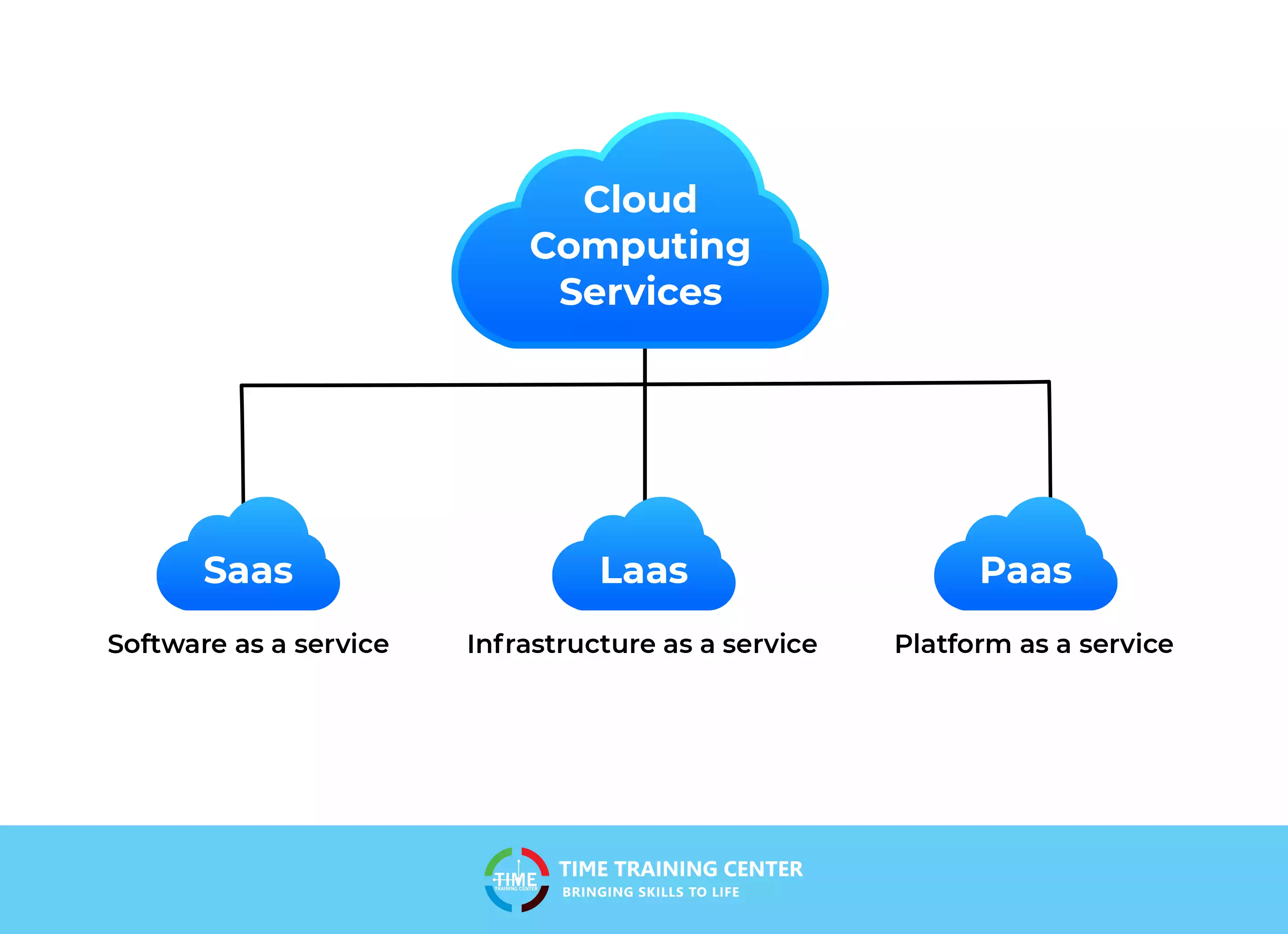Revolutionize Your IT Framework With Cloud Services
In the ever-evolving landscape of IT facilities, cloud solutions have become a game-changer for organizations seeking to boost and enhance procedures efficiency. The shift towards leveraging cloud remedies provides a myriad of advantages that can reshape the means businesses work, from enhancing prices to ensuring seamless scalability. Nevertheless, the genuine inquiry stays: How can firms successfully browse this transformative trip and harness the complete possibility of cloud services to stay ahead in today's competitive market?
Benefits of Cloud Solutions
Cloud services offer various advantages to organizations and businesses looking for to boost their IT framework. One crucial benefit is cost-effectiveness, as cloud services eliminate the demand for upfront investments in hardware and software application. Instead, organizations can choose a pay-as-you-go design, minimizing funding costs and permitting even more foreseeable budgeting. Additionally, cloud services give scalability, allowing organizations to conveniently change their resources based on demand. This flexibility makes certain that services can effectively handle variations in workload without overprovisioning web servers or storage space.
An additional advantage of cloud services is enhanced availability. By storing data and applications in the cloud, employees can access them from anywhere with a web connection. This improves collaboration and efficiency, specifically for remote or distributed groups. Moreover, cloud solutions offer improved safety steps, such as information encryption, routine back-ups, and robust gain access to controls. This aids protect delicate details and guarantees compliance with information protection policies. On the whole, the benefits of cloud services make them an engaging choice for organizations seeking to improve their IT infrastructure and drive technology.
Movement Methods for IT Framework
In the world of improving IT framework, reliable migration strategies are critical for making sure smooth transitions and enhancing operational efficiency. When planning the migration of IT infrastructure to the cloud, organizations must first conduct an extensive evaluation of their present systems and work. This assessment aids in recognizing which parts are ideal for migration, estimating expenses, and setting reasonable timelines.
One typical movement approach is the "lift and change" technique, where existing data and applications are moved to the cloud with marginal modifications. While this technique fasts, it may not fully leverage the advantages of cloud solutions (linkdaddy cloud services). A more strategic strategy includes rearchitecting applications to be cloud-native, making the most of the scalability and adaptability offered by the cloud setting
Moreover, companies can opt for a phased movement, where applications are moved incrementally to the cloud. This approach permits for testing and optimization at each phase, minimizing the risk of interruptions to core business procedures. By thoroughly planning and carrying out migration approaches, services can effectively change to the cloud while reducing downtime and optimizing efficiency.
Enhancing Safety in the Cloud
Applying robust safety and security measures is imperative when transitioning IT infrastructure to shadow services, guaranteeing data stability and privacy are kept click reference at all times. Security in the cloud involves a multi-faceted approach that encompasses various layers of protection.
Furthermore, solid gain access to controls and verification systems are necessary parts of cloud protection. Implementing role-based accessibility control ensures that just accredited personnel can access sensitive data and carry out particular actions within the cloud infrastructure. Multi-factor authentication adds an extra layer of security by requiring customers to give multiple kinds of confirmation before accessing vital resources.
Normal protection incident, monitoring, and audits action treatments are essential for recognizing susceptabilities and reacting swiftly to any kind of protection breaches. By continually improving and assessing safety procedures in the cloud, organizations can lessen dangers and maintain a durable protection position in the ever-evolving electronic landscape.
Cost-Efficiency and Scalability
Optimizing functional efficiency while making sure seamless growth is a crucial facet of modern IT framework management. linkdaddy cloud services. Cloud solutions supply an economical service for businesses seeking to maximize their IT operations. By leveraging cloud sources, companies can scale their infrastructure up or down according to require, removing the need to purchase pricey equipment that may end up being out-of-date rapidly. This pay-as-you-go design permits for better expense control, as firms only spend for the sources they use.

Driving Technology Through Cloud Fostering
Promoting technological innovations, cloud adoption equips services to drive innovation and stay affordable in today's rapidly progressing electronic landscape. By leveraging cloud solutions, organizations can improve their procedures, rise agility, and foster a culture of testing and creative thinking. The cloud provides a scalable and versatile setting that encourages the development of originalities and options without the restraints of typical IT infrastructure.
One of the essential methods cloud adoption drives advancement is via making next it possible for quick prototyping and testing of brand-new product or services. With cloud resources see this easily offered, companies can quickly spin up prototypes, gather responses, repeat on layouts, and bring innovative solutions to market faster than ever. This increased technology cycle allows services to remain ahead of the contour and fulfill the changing needs of consumers in real-time.
In addition, cloud solutions provide access to advanced modern technologies such as artificial intelligence, maker discovering, and big data analytics, which are essential for driving technology in today's data-driven globe. By taking advantage of these innovations through the cloud, companies can discover important understandings, automate procedures, and create tailored experiences that establish them aside from competitors. Welcoming cloud adoption not just reinvents IT facilities but additionally drives companies towards a future of continual advancement and development.
Final Thought

In the ever-evolving landscape of IT framework, cloud services have actually arised as a game-changer for organizations looking for to enhance and enhance operations performance.Cloud solutions offer countless advantages to organizations and organizations seeking to enhance their IT facilities. In general, the advantages of cloud solutions make them an engaging option for organizations looking to improve their IT facilities and drive development.
Implementing durable safety and security actions is essential when transitioning IT framework to cloud solutions, ensuring information integrity and privacy are kept at all times.In final thought, cloud services use many advantages for revolutionizing IT facilities, consisting of cost-effectiveness, scalability, enhanced safety, and innovation chances.